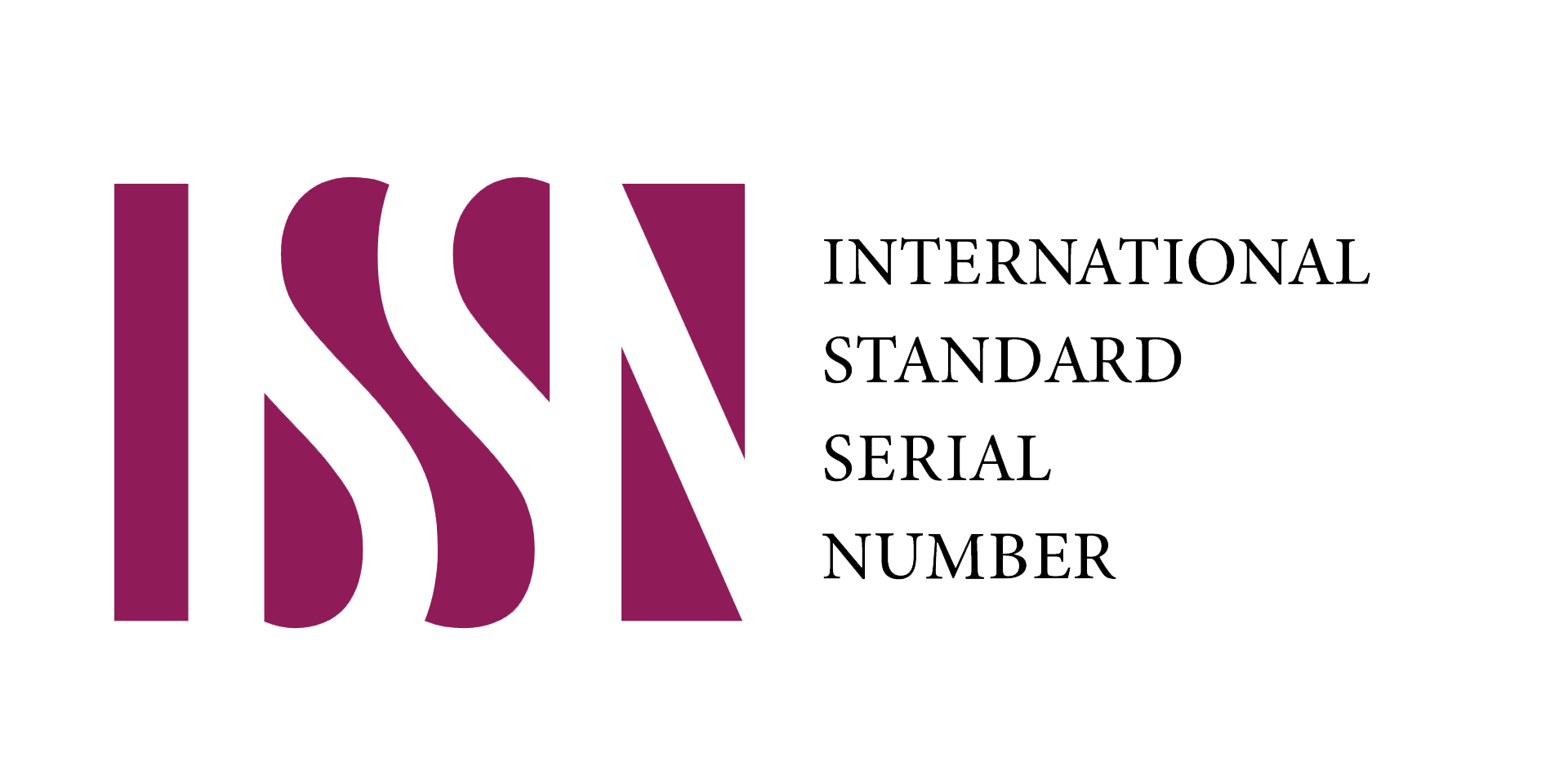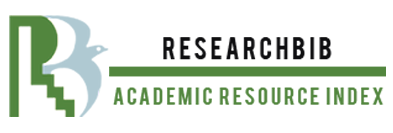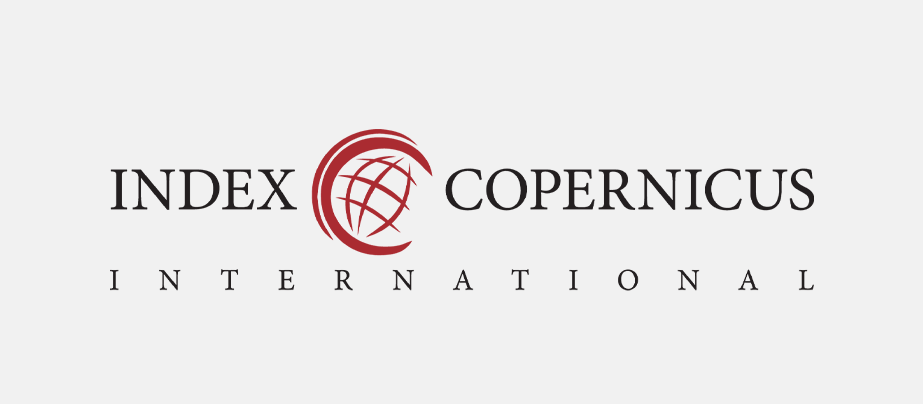The Effectiveness of Trimetazidine in Arrhythmias
Keywords:
coronary artery disease, coronary heart disease, angina pectoris, trimetazidine, ventricular tachycardia, Holter ECG monitoring, extrasystole, parasystoleAbstract
Coronary heart disease (CHD) is the main cause of mortality among diseases of the cardiovascular system. In recent years, some progress has been made in the treatment of this disease due to the wider use of modern drug therapy and invasive treatment methods, which has led to a significant improvement in the prognosis and quality of life of patients with cardiovascular pathology. One of the manifestations of coronary heart disease is angina pectoris. It is caused by transient myocardial ischemia resulting from a mismatch between the myocardial oxygen demand and its delivery. Standard drug therapy for angina is aimed either at reducing the myocardial oxygen demand or at increasing its delivery. The myocardial oxygen demand depends on the heart rate, blood pressure (BP), and myocardial contractility. To reduce the myocardial oxygen demand, drugs are prescribed that reduce the heart rate, reduce blood pressure, have a negative inotropic effect, and vasodilators are used to increase oxygen delivery to the myocardium. Thus, in the treatment of angina pectoris, drugs with hemodynamic effects are prescribed: beta–blockers, prolonged calcium antagonists, nitrates, inhibitors of if channels of sinus node cells. Optimal drug therapy for angina includes, in addition to antianginal drugs, antiplatelet agents and aggressive lipid-lowering therapy.










